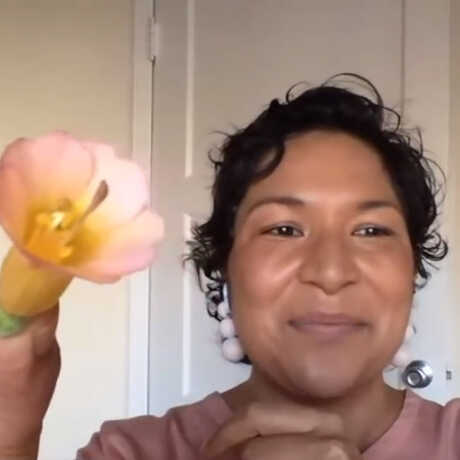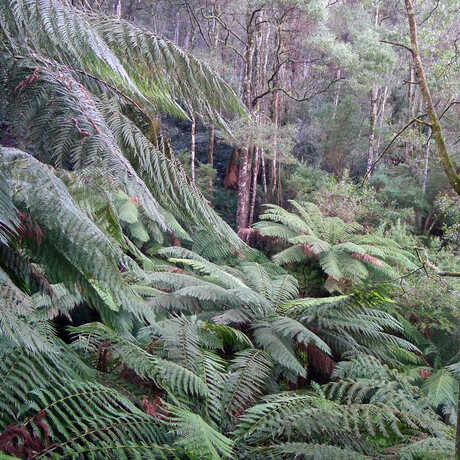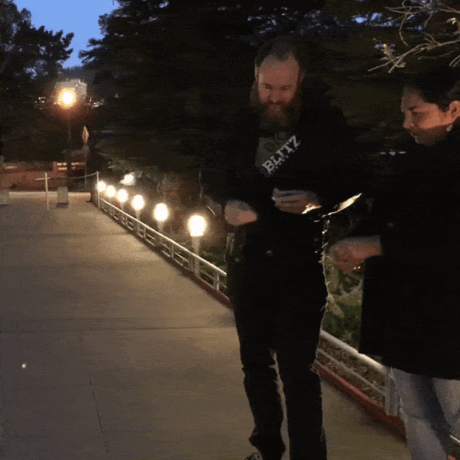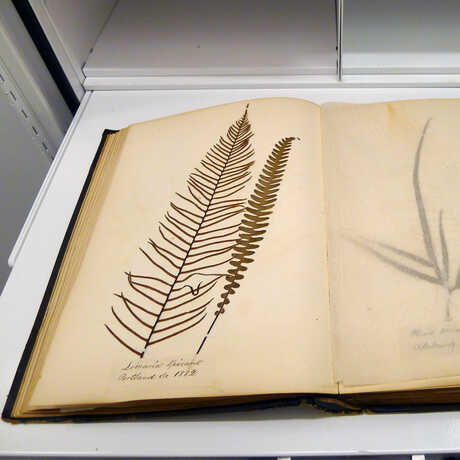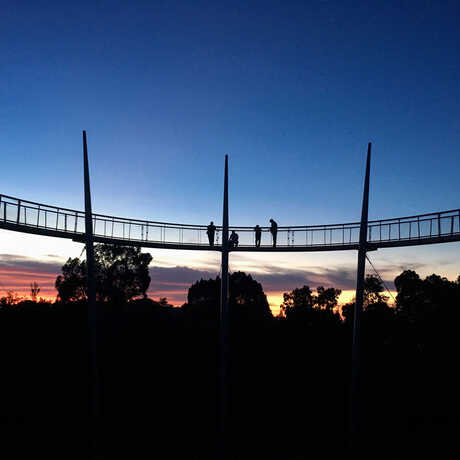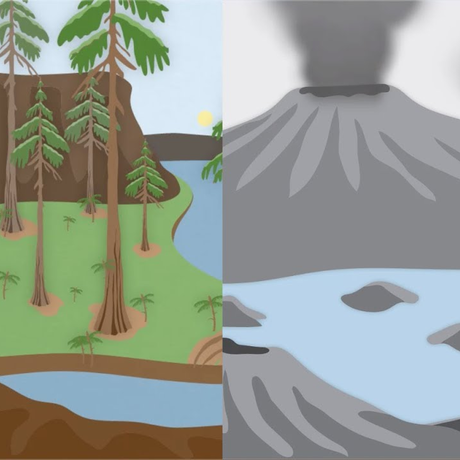When she’s not delighting audiences with public talks and seminars, Dr. Nagalingum is fighting for cycad conservation.
The 300-odd plant species that comprise the order Cycadales have a prehistoric lineage, with their heyday alongside the dinosaurs more than 100 million years ago. They’re considered to be the world’s most endangered organisms—a surprise to most people, since they don’t have a face. Beset by three primary threats at the hands of humans—habitat loss, poaching, and climate change—cycads’ extremely slow reproductive cycle makes them even more vulnerable.
Luckily, these ancient plants have a powerful ally.
A scientist's scientist, Nagalingum loves lingering over the big questions, getting to the why that lurks beneath the what. Her knack for investigating the past is critical to cycads’ future. Along with her students and postdocs, she's working in the Academy’s state-of-the-art Center for Comparative Genomics to identify genetic diversity. "We want to preserve as much diversity as possible so that each cycad species has the best chance of survival,” she notes. “We're doing this with wild species in Australia, and are now starting to work on South African species known only to occur in botanic gardens. By looking at DNA, we'll be able to determine whether we're growing a bunch of cycad clones or actually preserving genetic diversity."
Right at Nagalingum’s fingertips is an incredible archive: The Academy’s herbarium. “For everything that we work on in the lab, we collect a specimen that is deposited in the herbarium as a record of that species, in perpetuity,” she says. She and botanists all over the world use the collections’ 2 million specimens to track biodiversity, determine the relationships between species, and identify new species. Databasing these specimens is a monumental, ongoing task. “We've databased about 500 thousand so far. So if you’re looking to volunteer…” she says with a wink.
